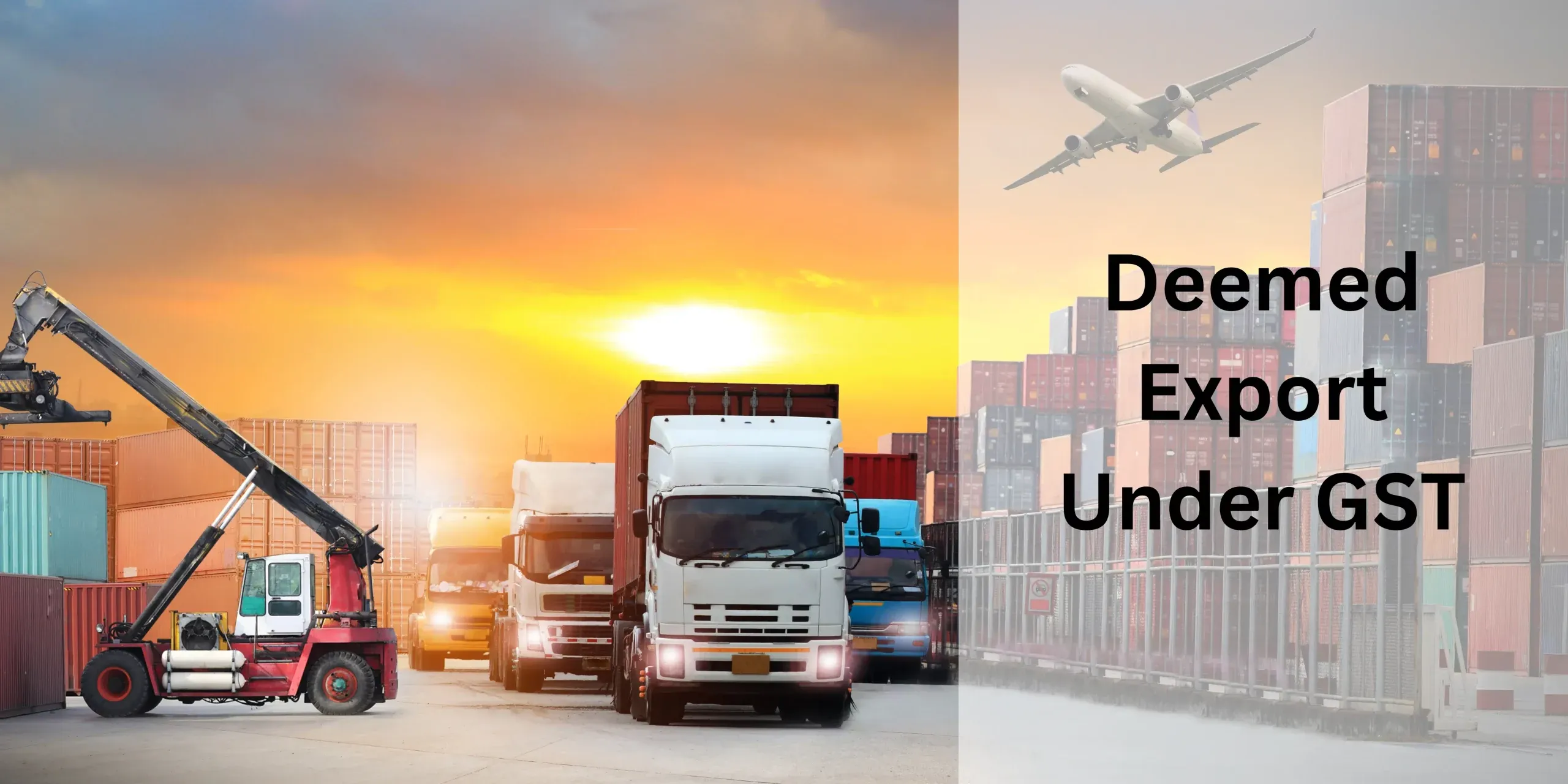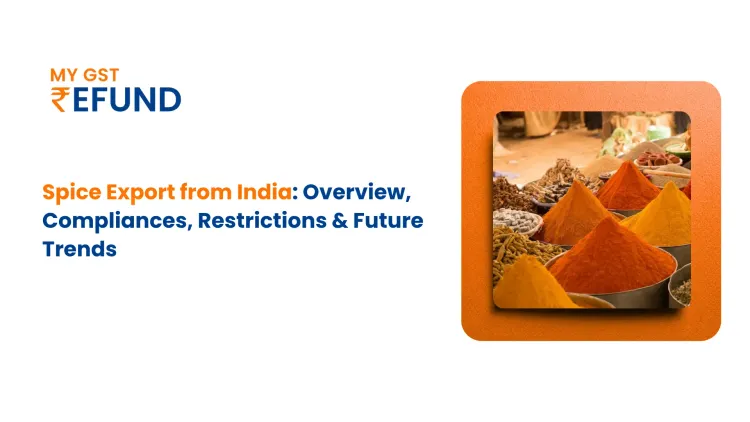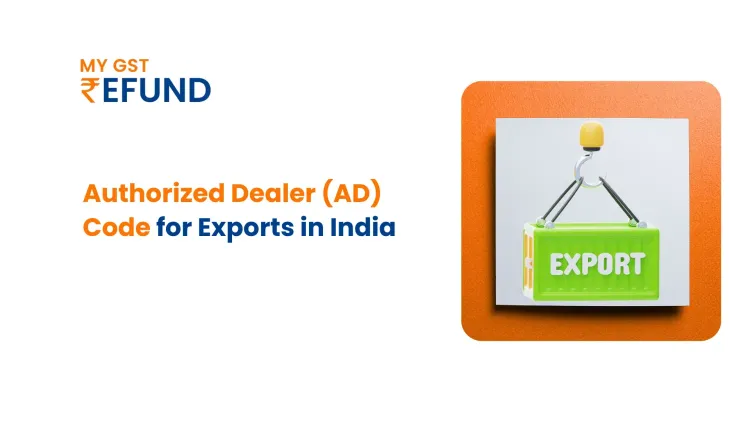Understanding Deemed Exports: Definition, Differences, and Tax Treatment
Published on: Tue Jun 20 2023
What are Deemed Exports?
Deemed exports have been defined under section 2 (39) of the CGST Act as
“Deemed exports” means such supplies of goods as may be notified under Section 147.”
Whereas according to section 147
“The Government may, on the recommendations of the council, notify certain supplies of goods as deemed exports, where goods supplied do not leave India, and payment for such supplies is received either in Indian rupees or in convertible foreign exchange, if such goods are manufactured in India.”
This means government has the power to declare some supplies as deemed export even if the goods are manufactured in India and are not exported outside, but supplied within India in exchange for Indian or Foreign currency.
Why are deemed exports different from Exports?
- Deemed exports are not applicable to supplies of services but of goods.
- Deemed exports may not be made under letter of undertaking or bonds.
- In case of Deemed exports goods may not be necessarily transferred outside the boundary of India.
Conditions to qualify as deemed Exports:-
- Applies solely to the provision of commodities (not to the provision of services).
- It is not necessary to export goods from India.
- According to Section 147 of the Central Commodities and Services Tax Act, 2017 (CGST Act), the Central Government must declare such a supply of commodities as Deemed Exports.
- Products must be produced or manufactured in India.
- Payment can be made in convertible foreign currency or Indian rupees.
- At the moment of supply, the tax must be paid.
- Either the provider or the recipient may request a refund of the tax they paid on these supplies.
Treatment of taxability under the GST regime
Supplies that are deemed export are not zero-rated. GST will be applied at the point of supply to all deemed export supplies. Without paying tax, supplies cannot be made under a Bond or LUT. On such a supply, the tax must be paid then it could be claimed in the form of a refund.
Any of the following people may request a refund of taxes paid:-
- Goods supplier
- Goods recipient
Note: If the supplier is claiming for refund of tax paid, then, in that case, recipient is not allowed to claim an input tax credit (ITC).
Conditions that need to be satisfied for deemed export
- The EOU/EHTP/STP/BTP unit must notify the supplier and the jurisdictional GST officer of the receiver as a recipient by filing Form A.
- Form A must include information about the products to be purchased and bear a running serial number that has been pre-approved by the Development Commissioner.
- The next step is for the supplier to deliver the products while concealing a tax invoice.
- The recipient must sign the tax invoice. The recipient as well as the jurisdictional GST officer of the supplier and the recipient as a recipient must receive an authorized copy of the same.
- Form B must be used to keep track of the items that the EOU, EHTP, STP, or BTP unit receives.
Procedure and documents required for claiming GST of deemed Exports
According to the third proviso of Rule 89(1) of the CGST Rules, 2017, the recipient of deemed export supplies may also file an application for a refund in cases of deemed exports. Alternatively, if the recipient does not claim an input tax credit for such supplies and provides an undertaking to that effect, the supplier of such presumed export supplies may also submit a refund application. It should be noted that Notification No. 49/2017-Central Tax, dated October 18, 2017, also lays out the list of proofs that the supplier of considered export supplies must present in order to request a reimbursement.
If a supplier requests for refund of tax paid on considered exports, they must provide the information or documentation below:
- A declaration listing invoice-by-invoice information for considered export purchases made by the supplier.
- The acknowledgment that the considered export supplies have been received by the jurisdiction tax officer of the AA or EPCG holder OR in the event of an EOU, EHTP, STP, BTP, or a copy of a tax invoice that has been duly signed by the recipient.
- The recipient’s promise that no ITC has been claimed.
- The recipient’s promise that it won’t ask for a refund for those supplies.
- The recipient’s promise that the supplier may request a refund
Time limit for filling out refund
Before the time limit of two years following the date on which the return relating to such deemed export supplies is to be furnished electronically expires, either the recipient or the supplier of such supplies must submit an application in the form GST RFD-01 through the Common Portal, either directly or through a Facilitation Centre notified by the Commissioner. A declaration with the number and date of invoices, as well as any additional documentation that may be required in this regard, must be included with the application, as stated in the aforementioned paragraph.
Are you Looking for GST Refund Service? Mygstrefund.com offers GST refunds on business, exports, and many more if your GST application is rejected. Get in touch with us today.
Related Posts




